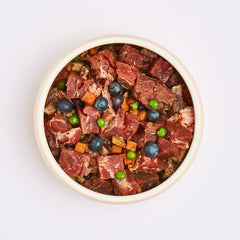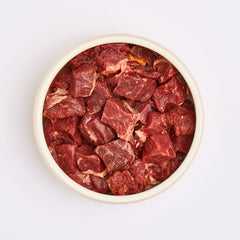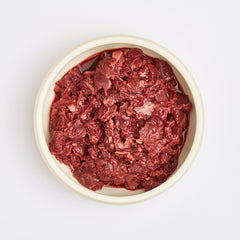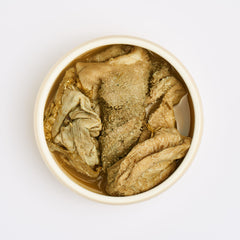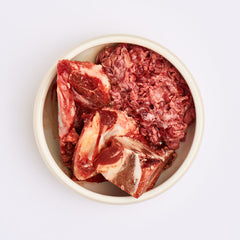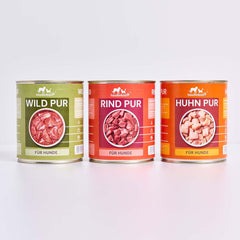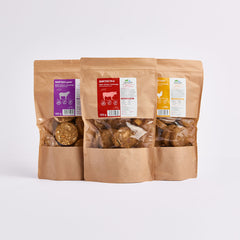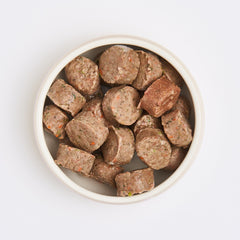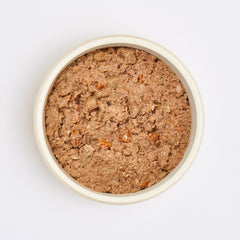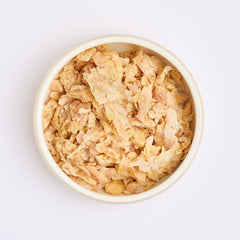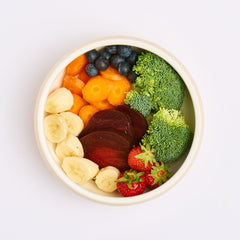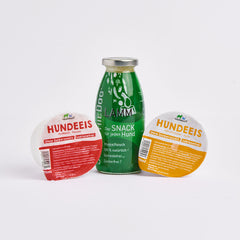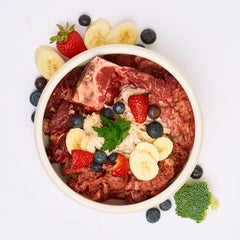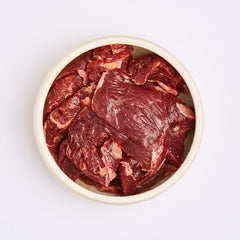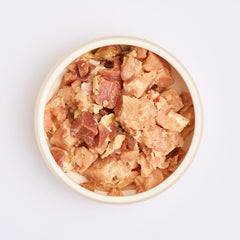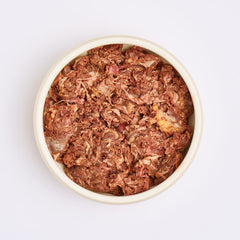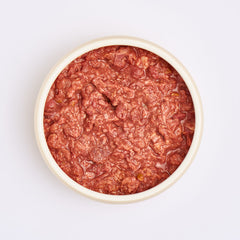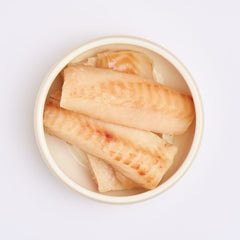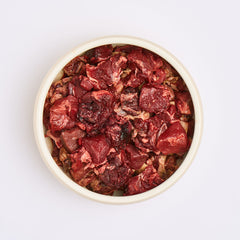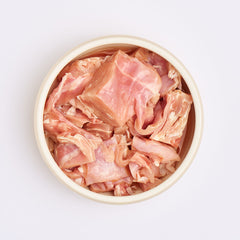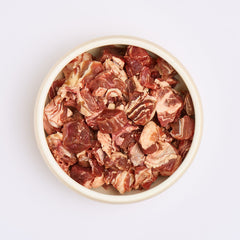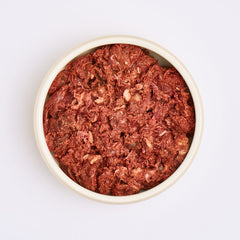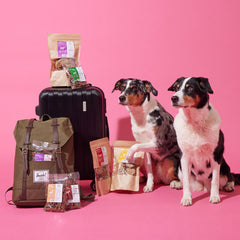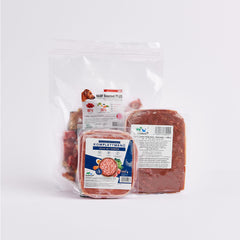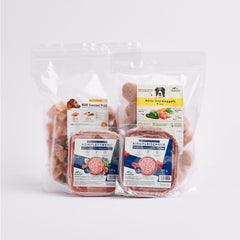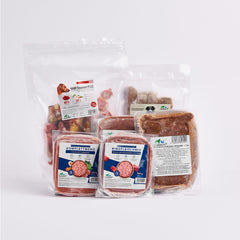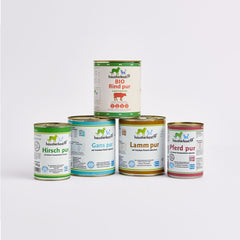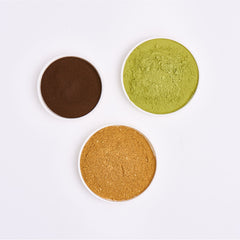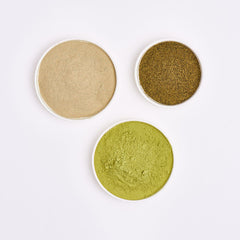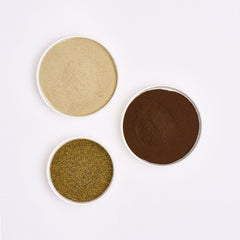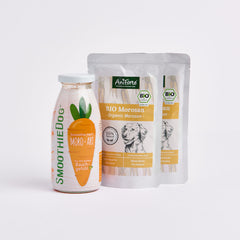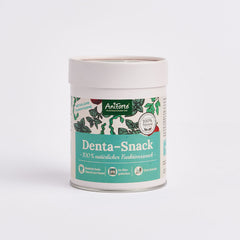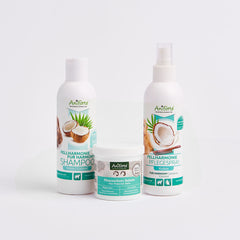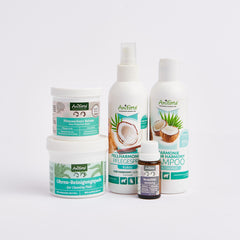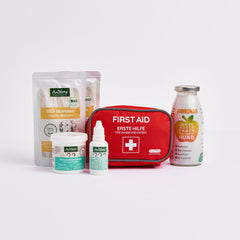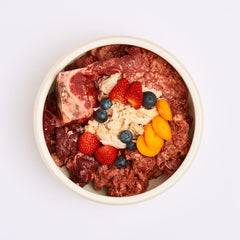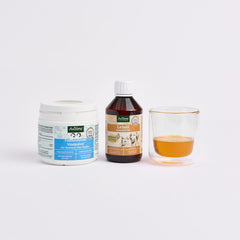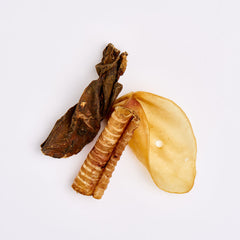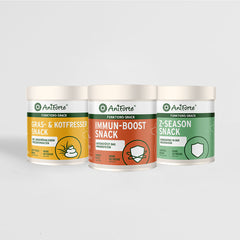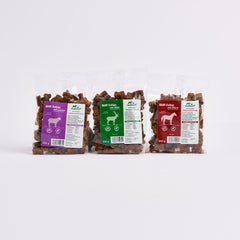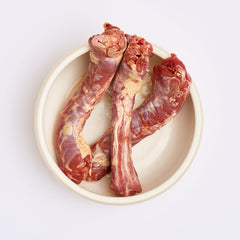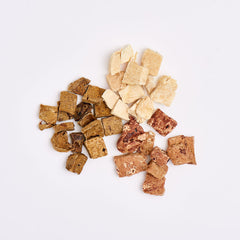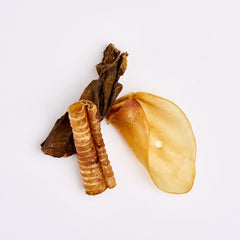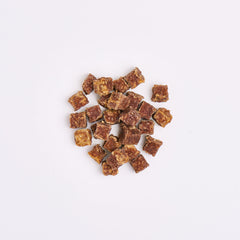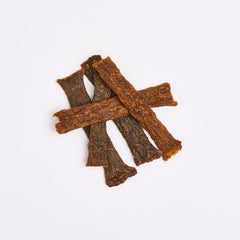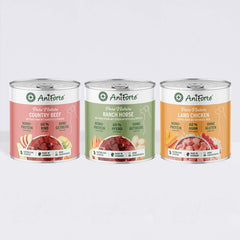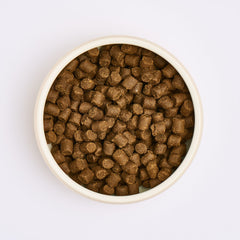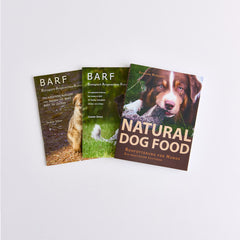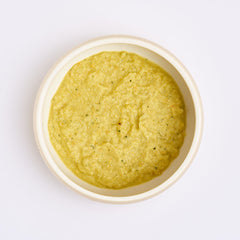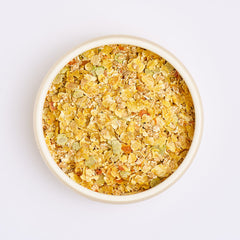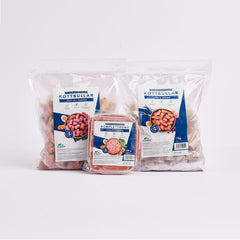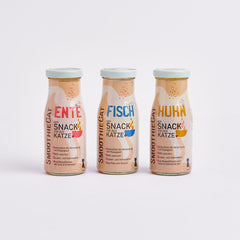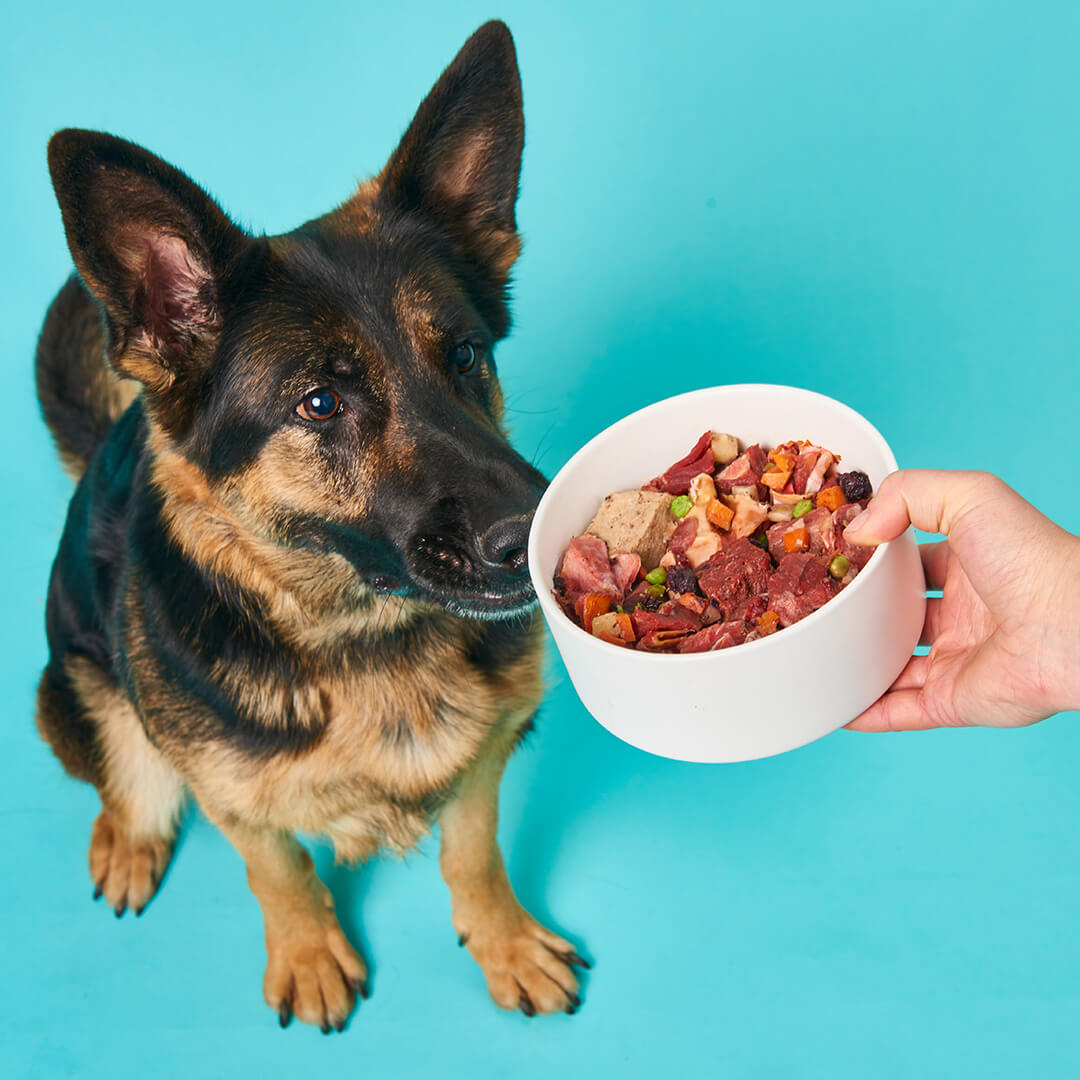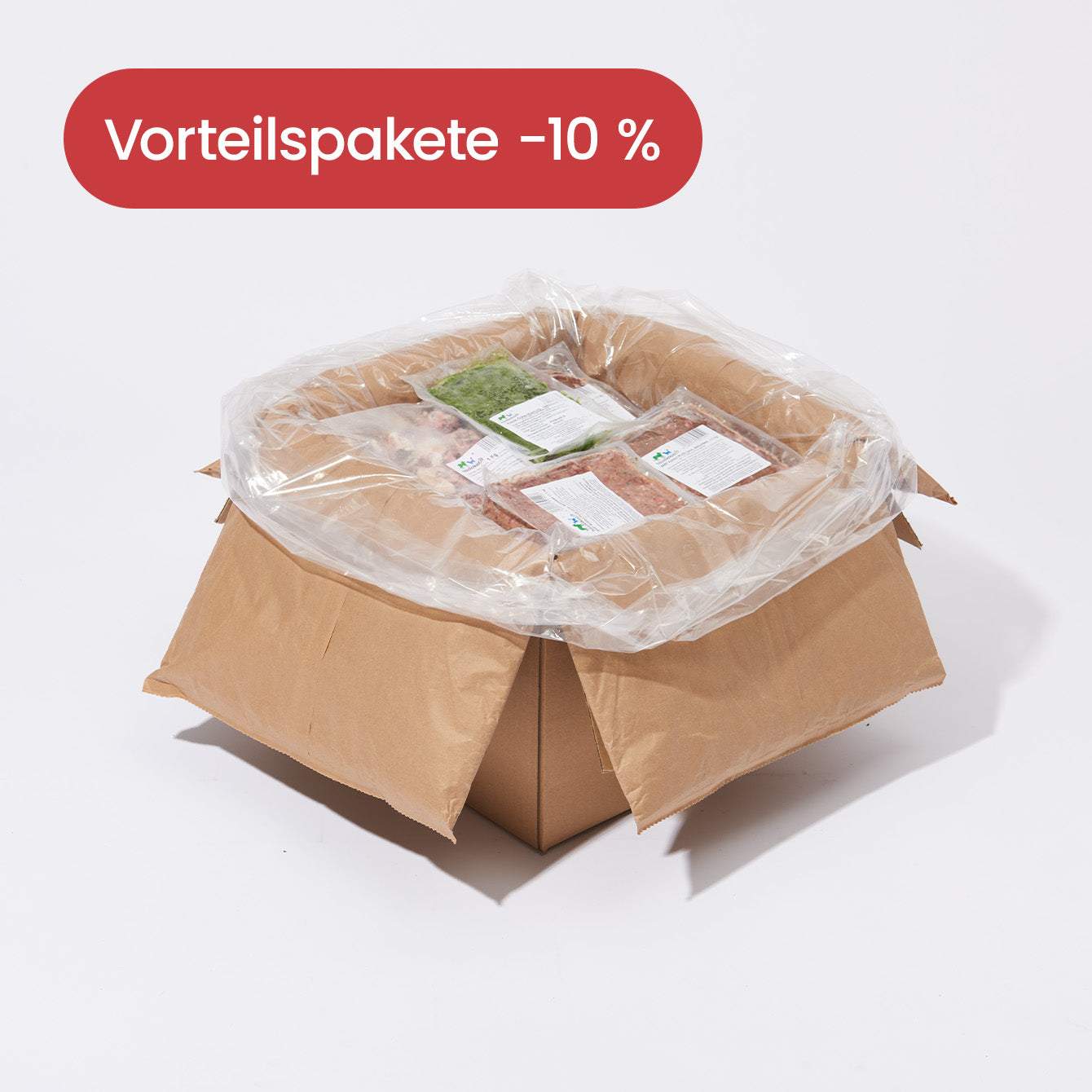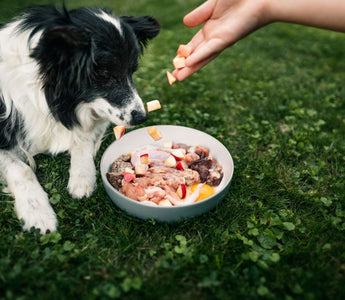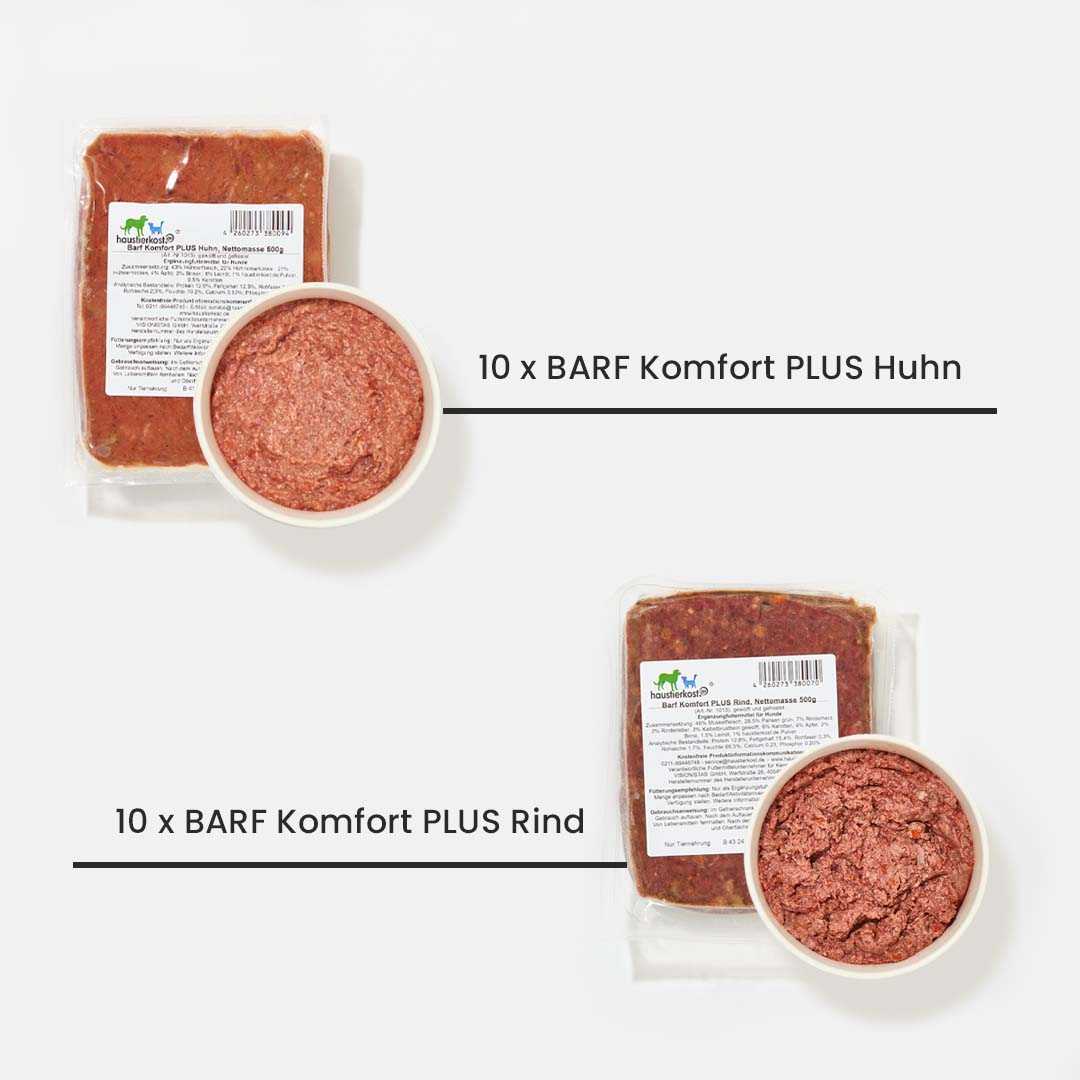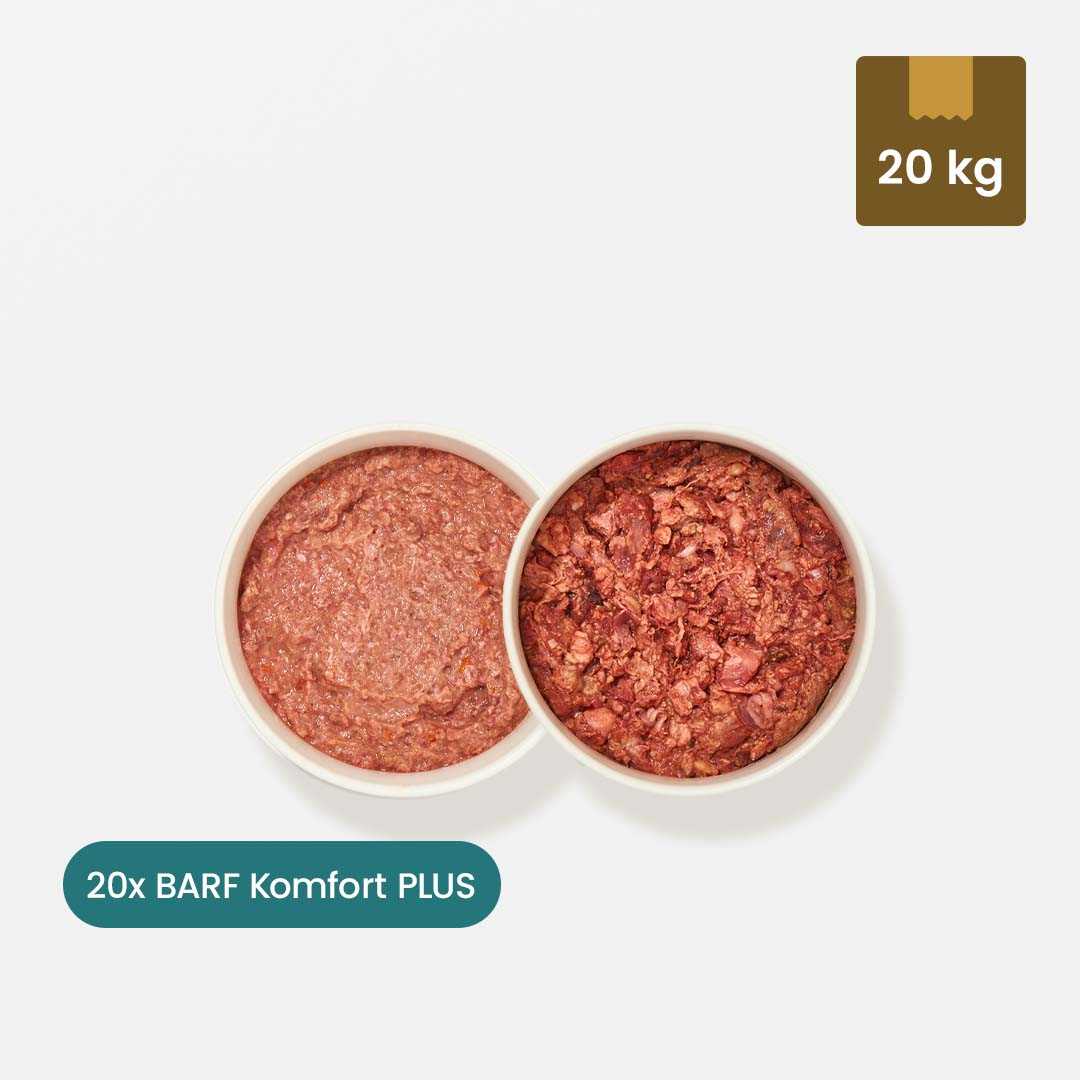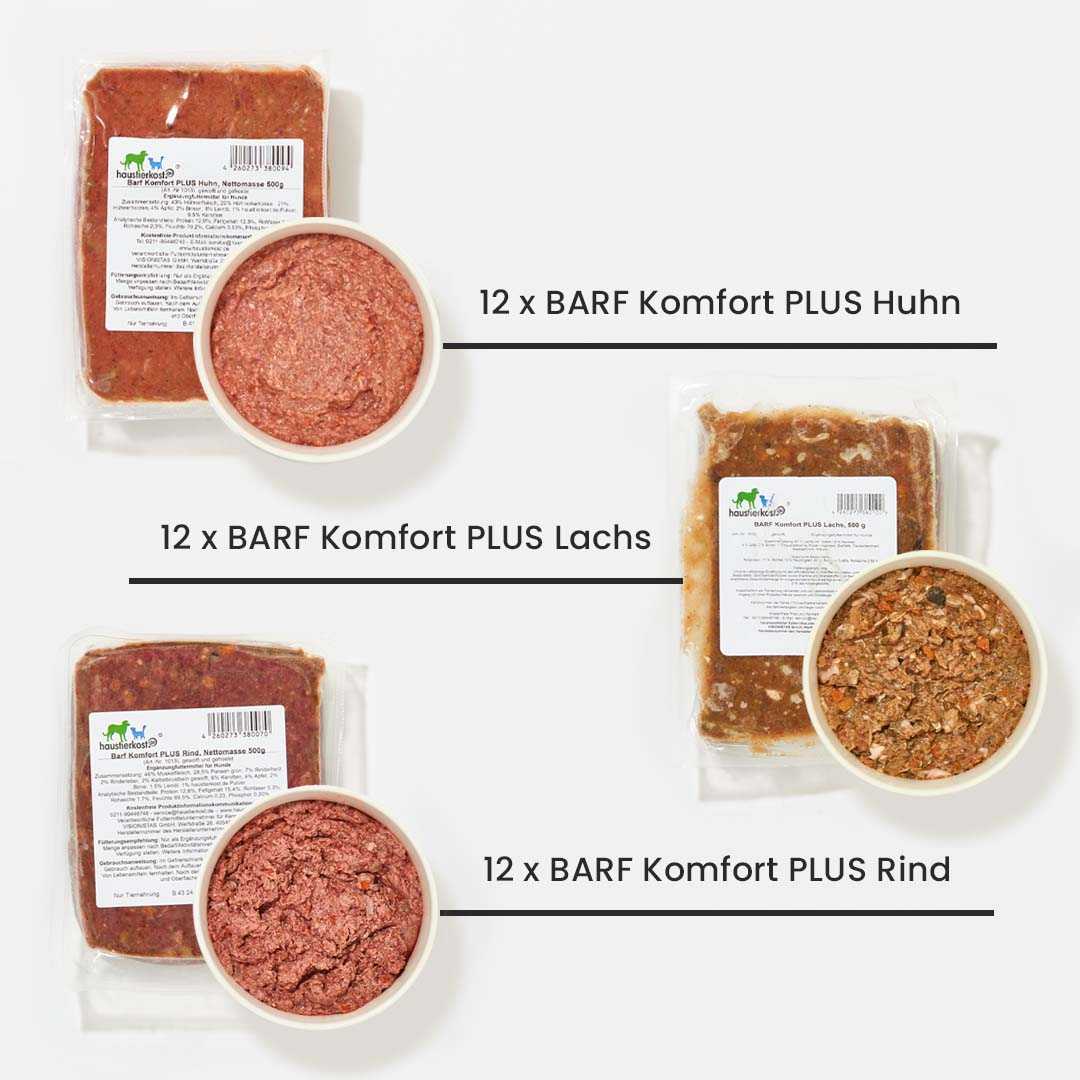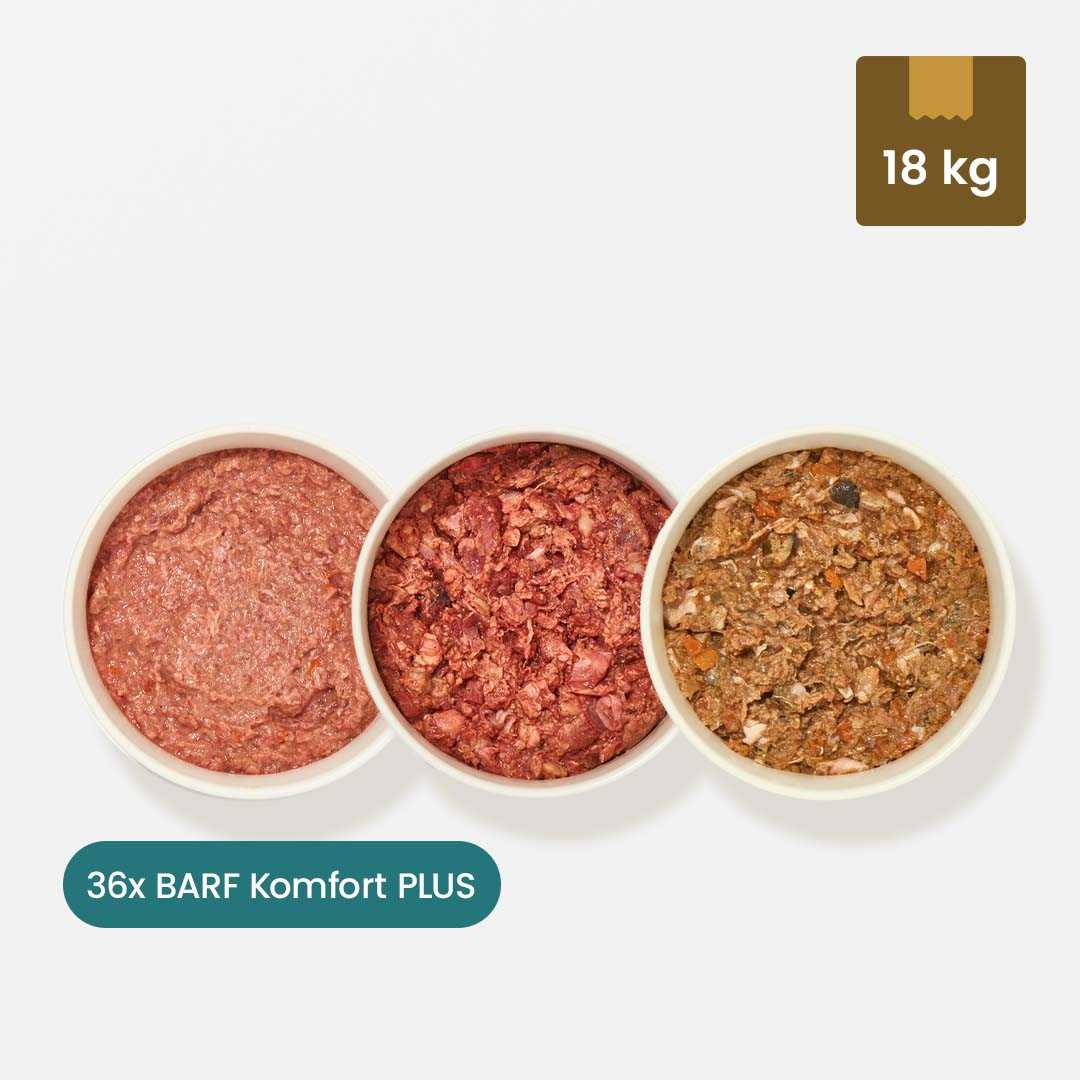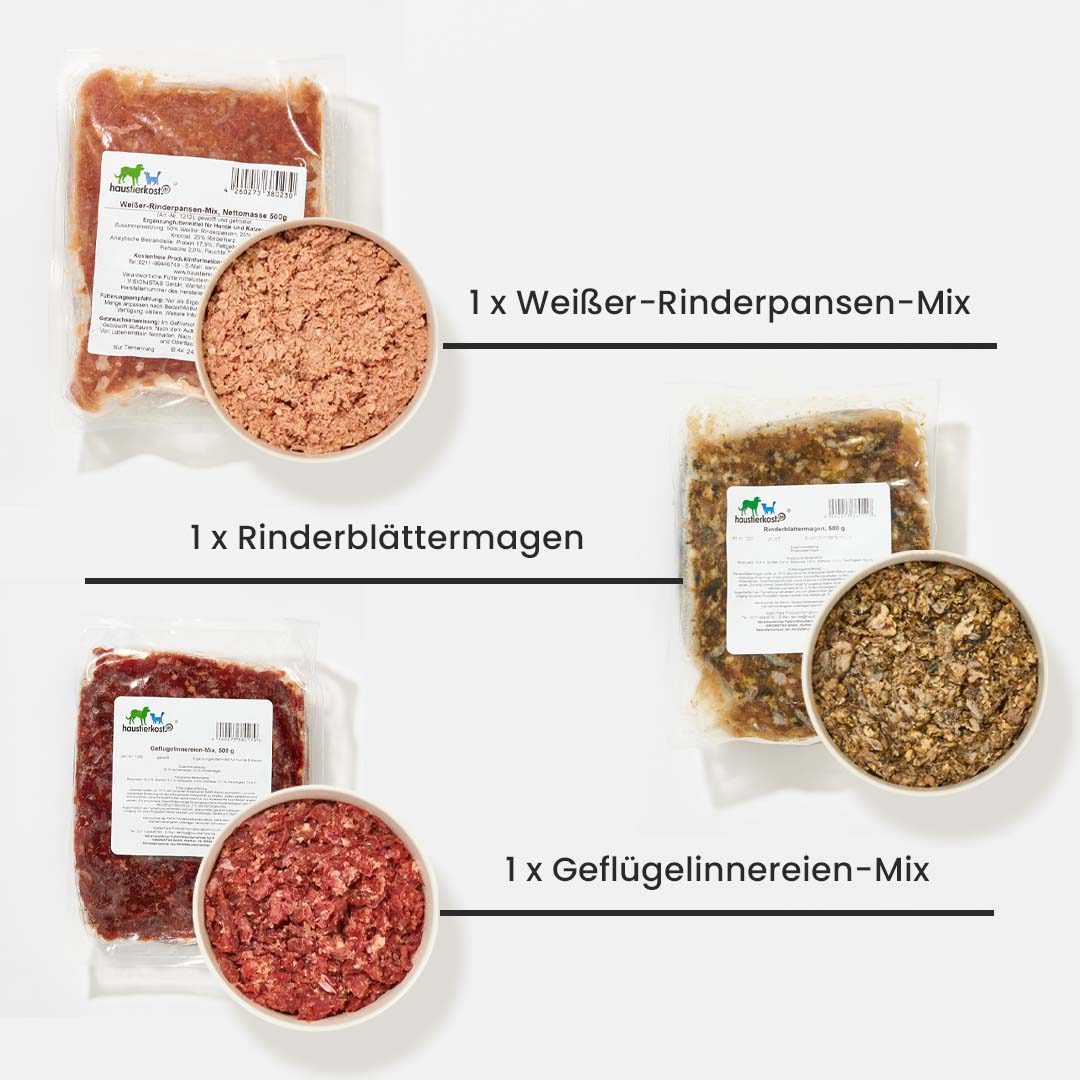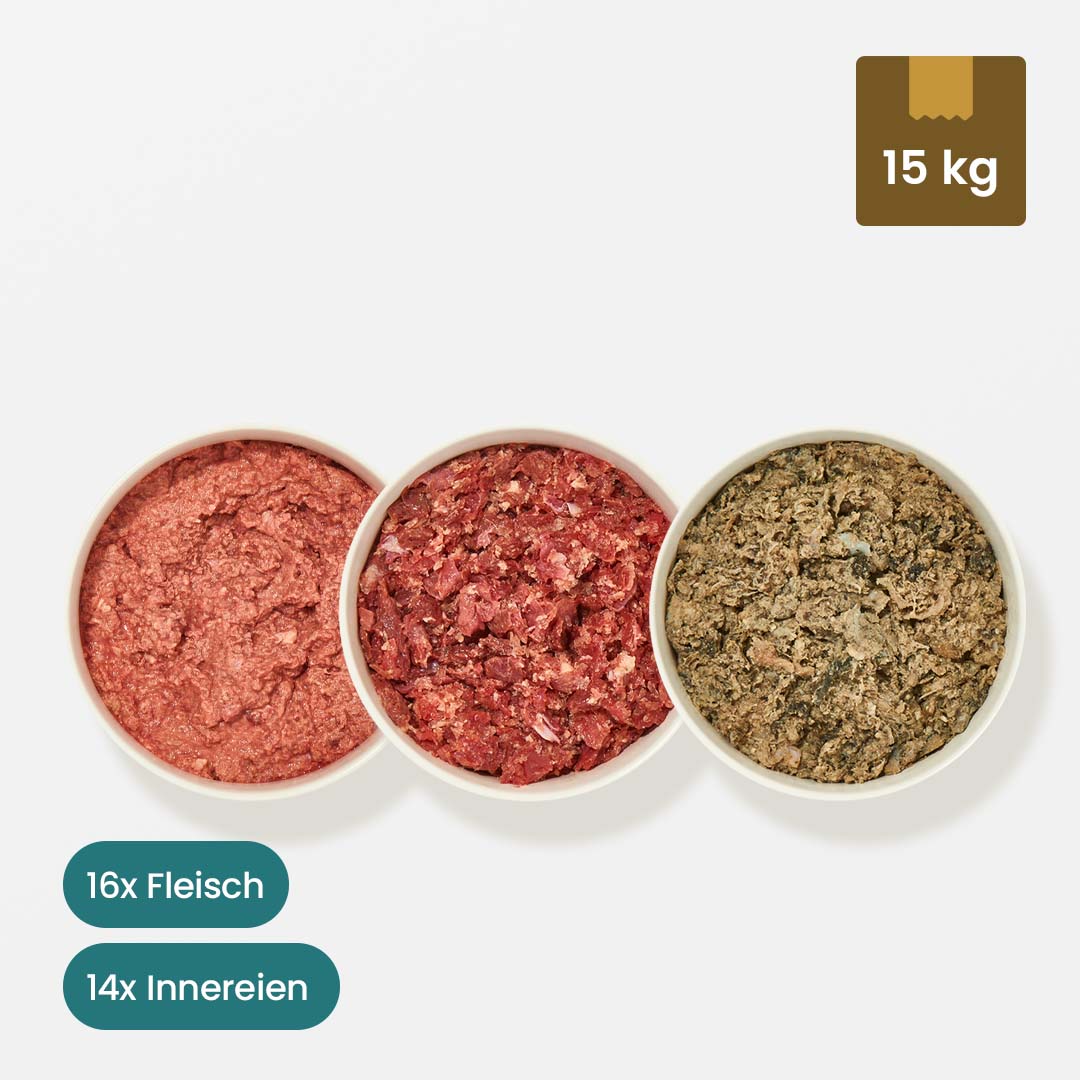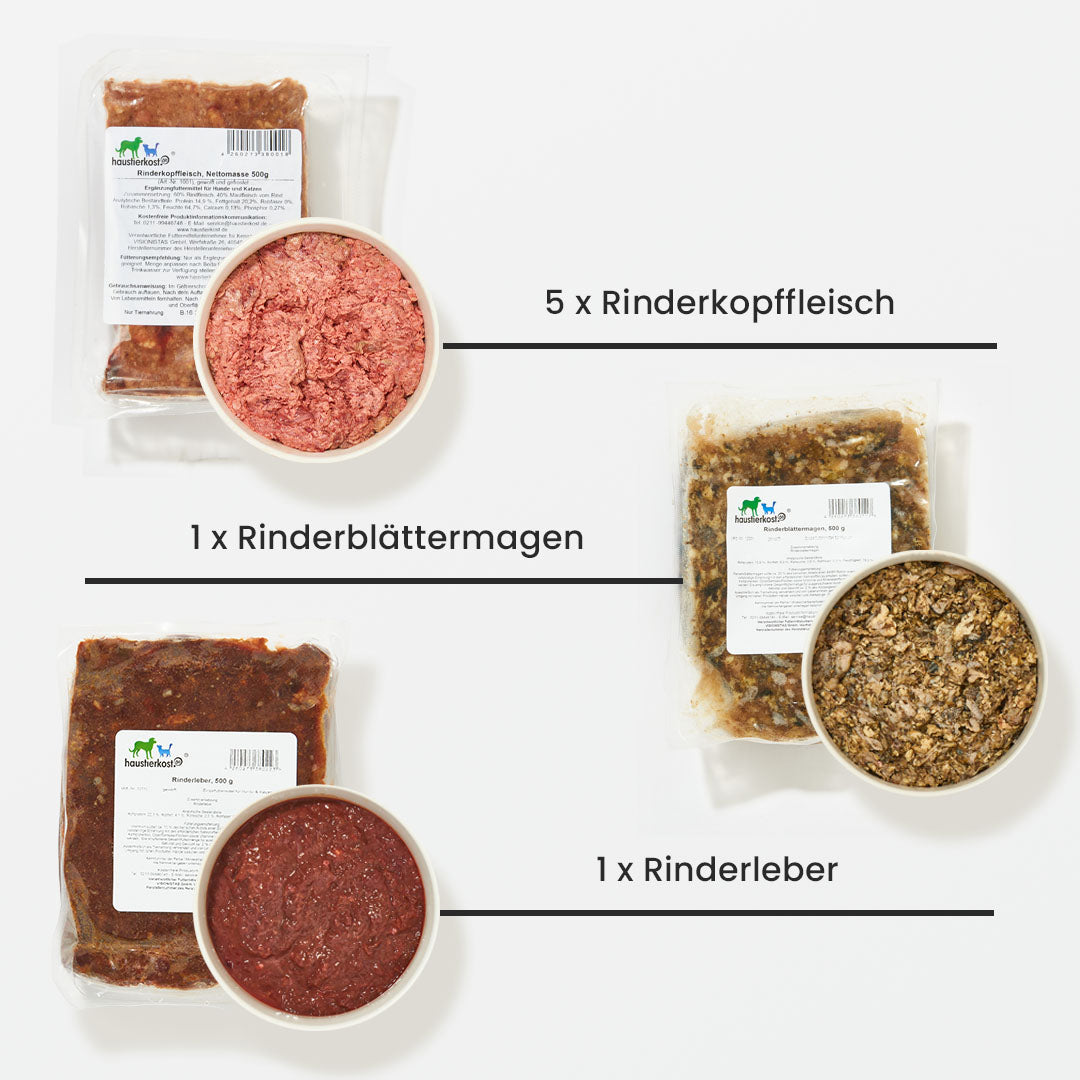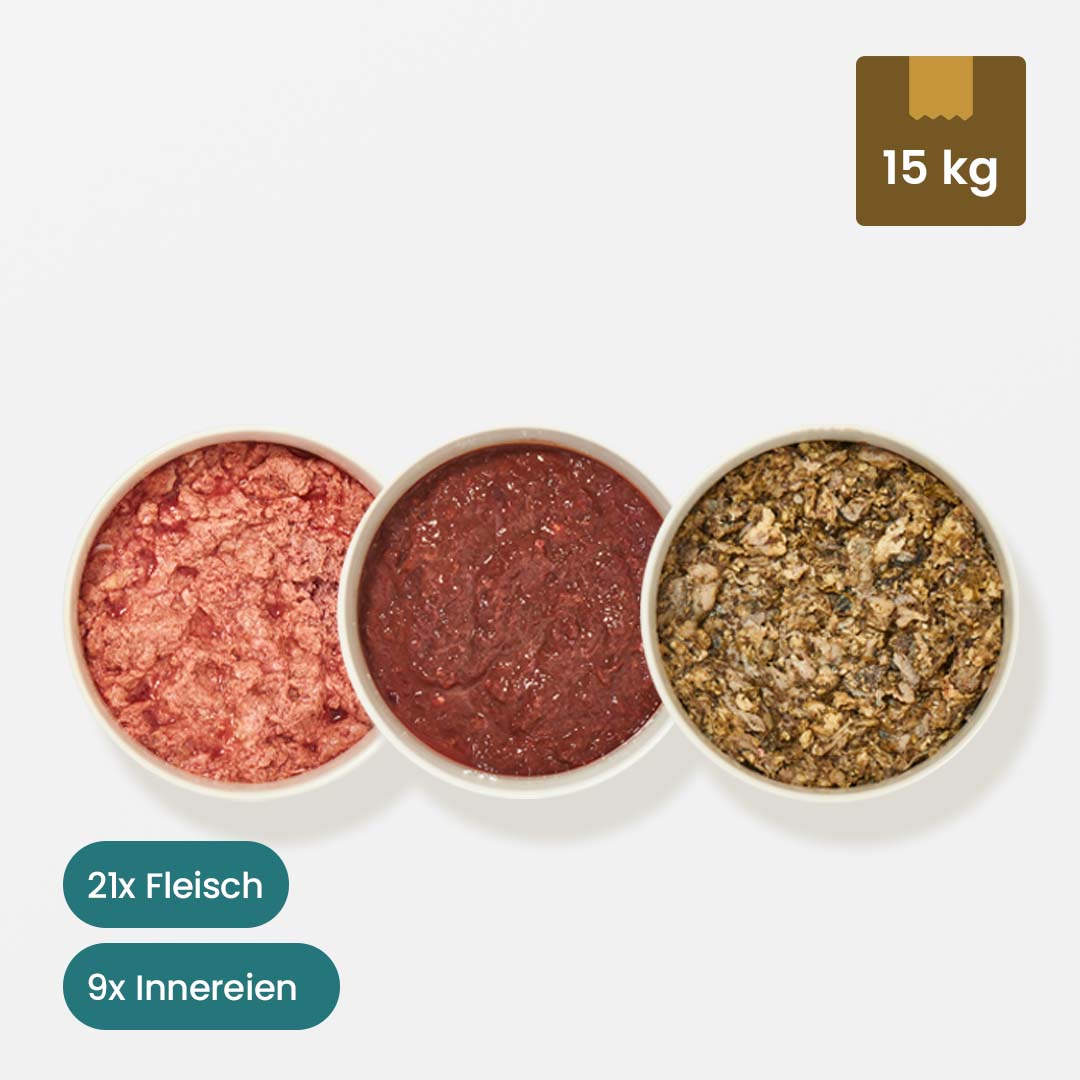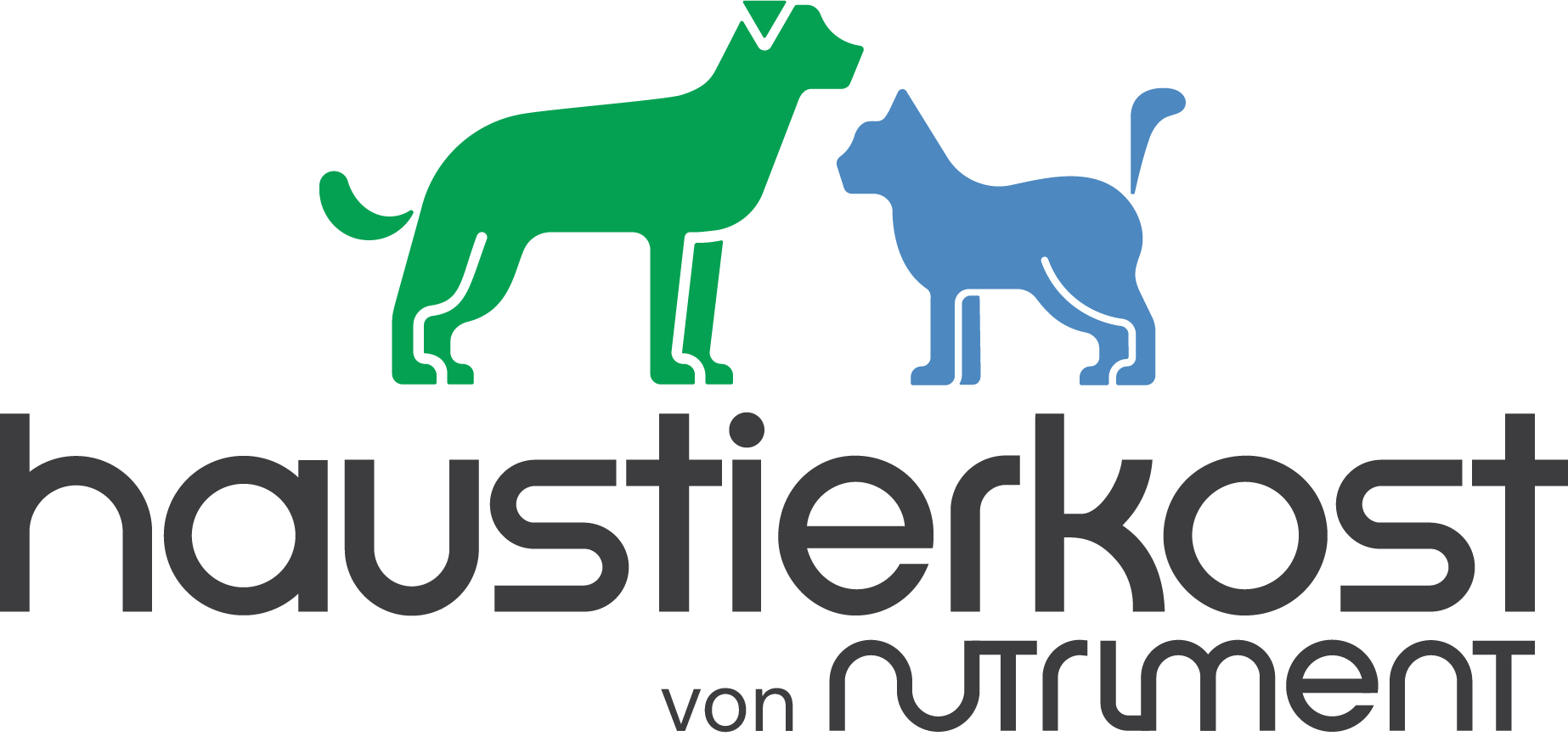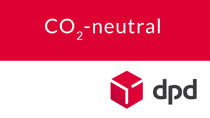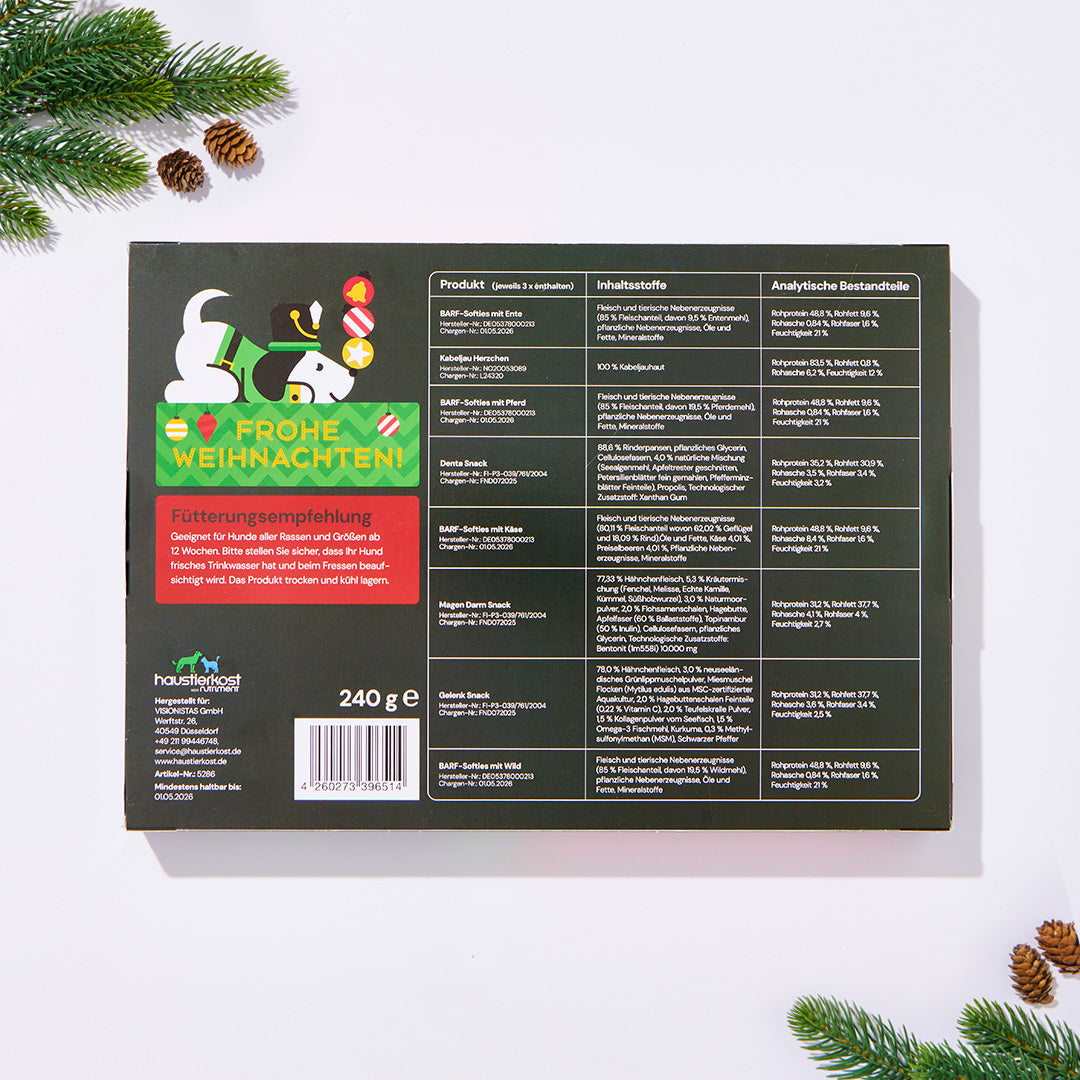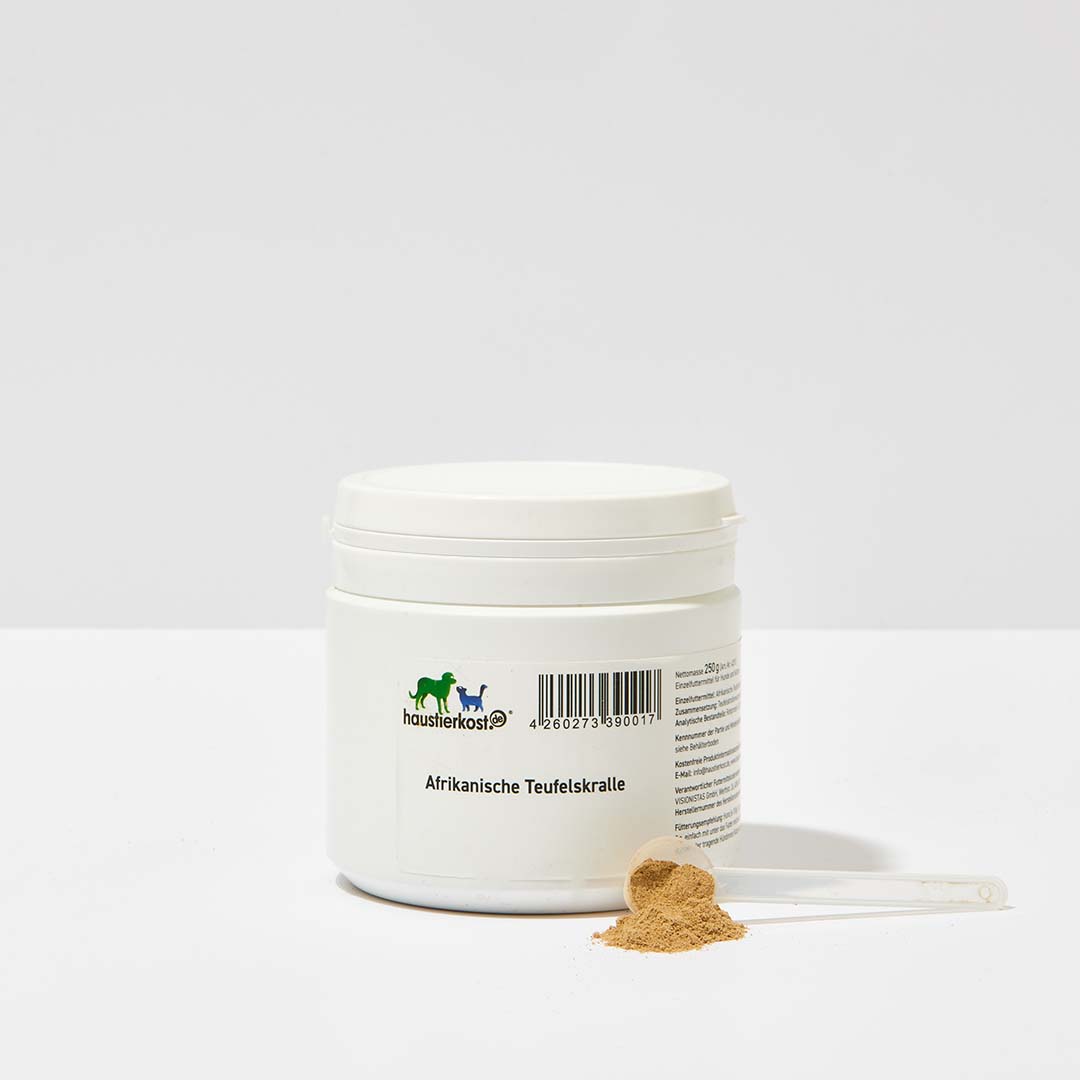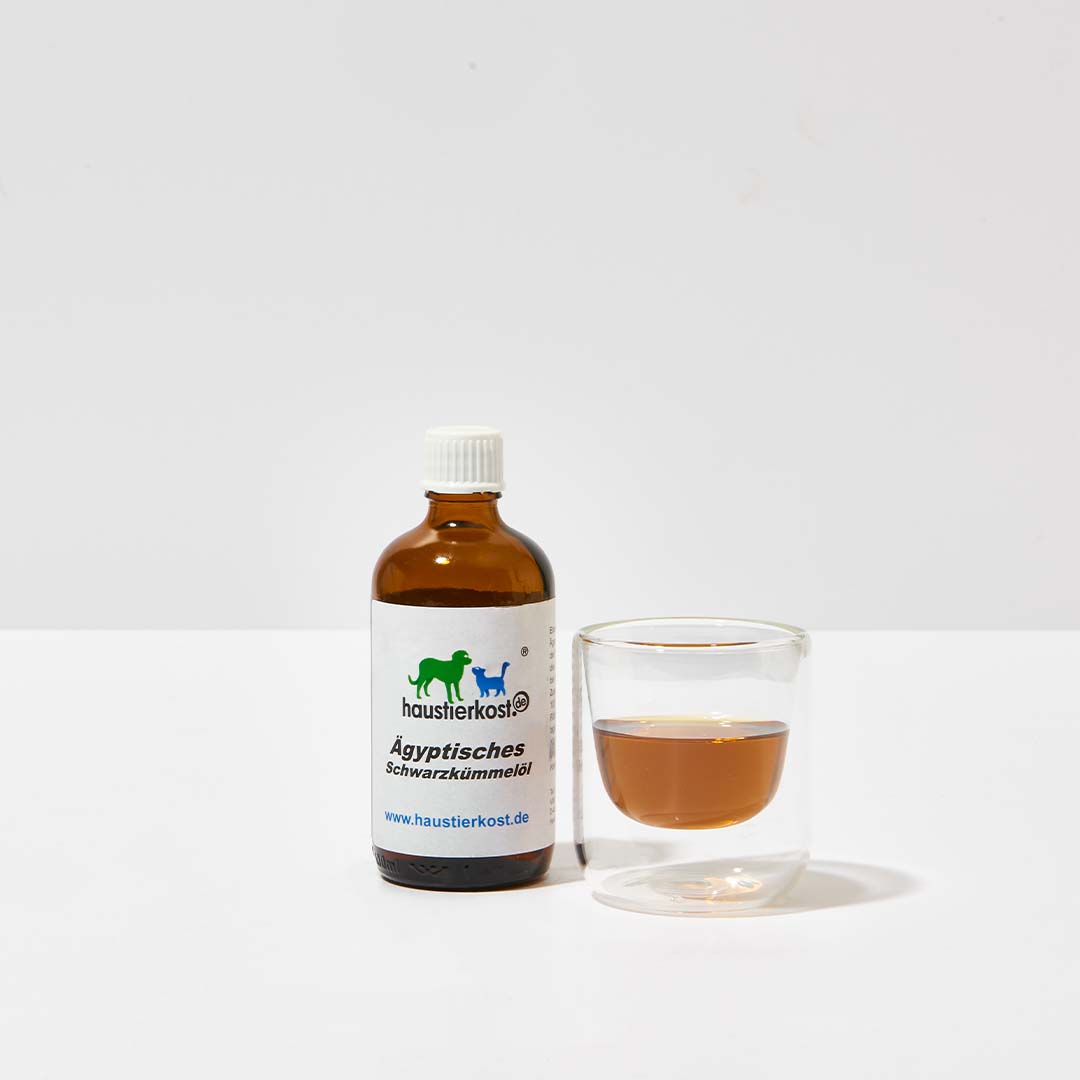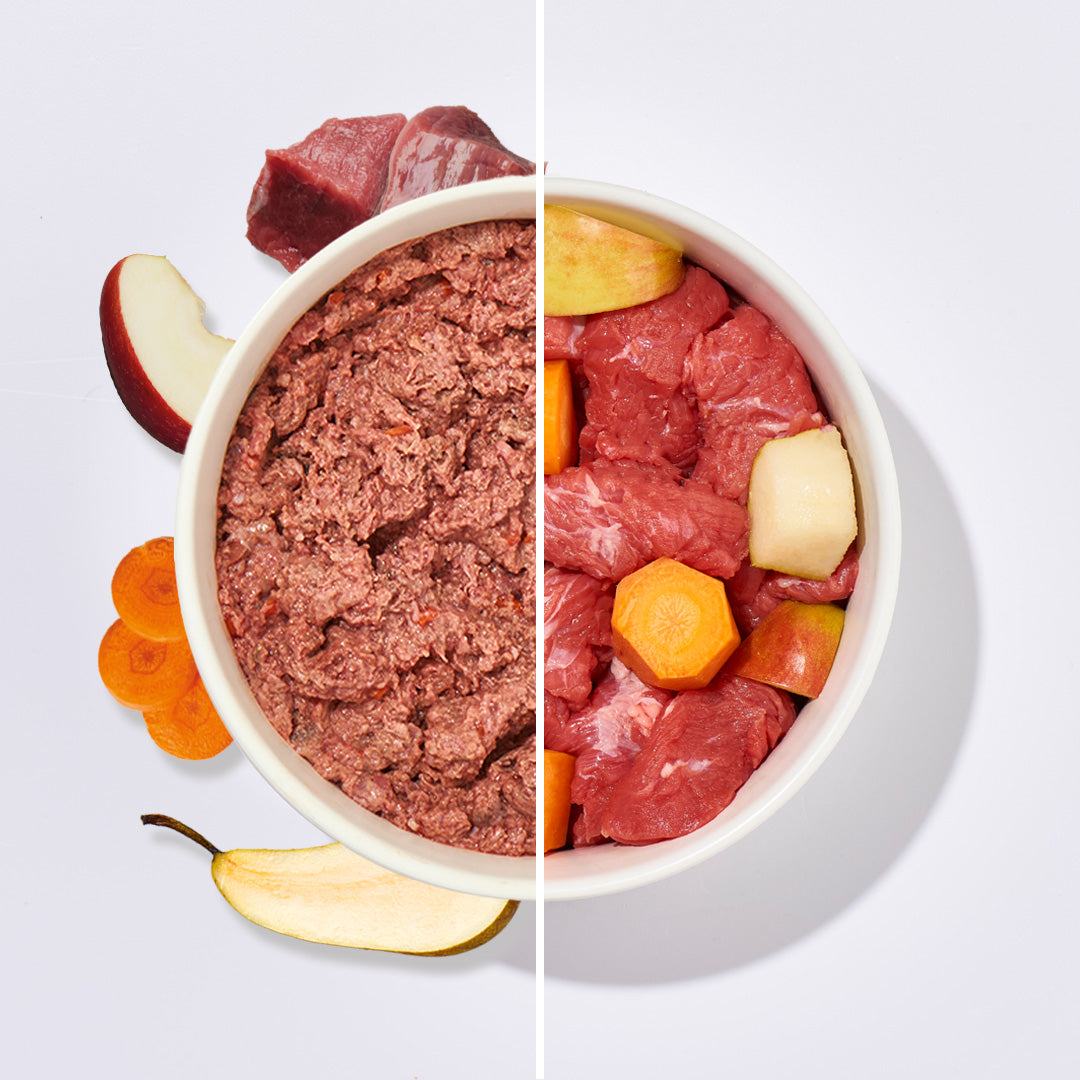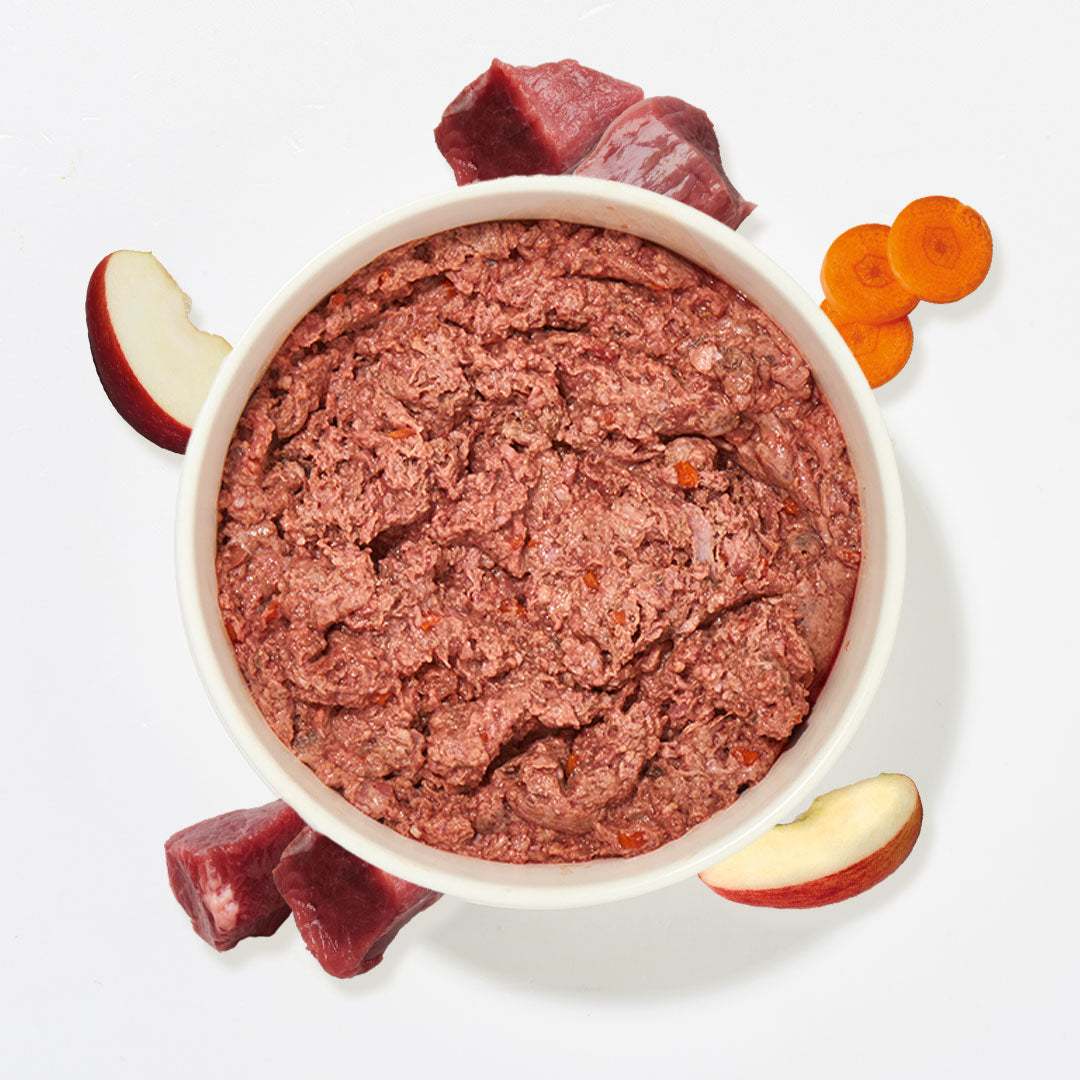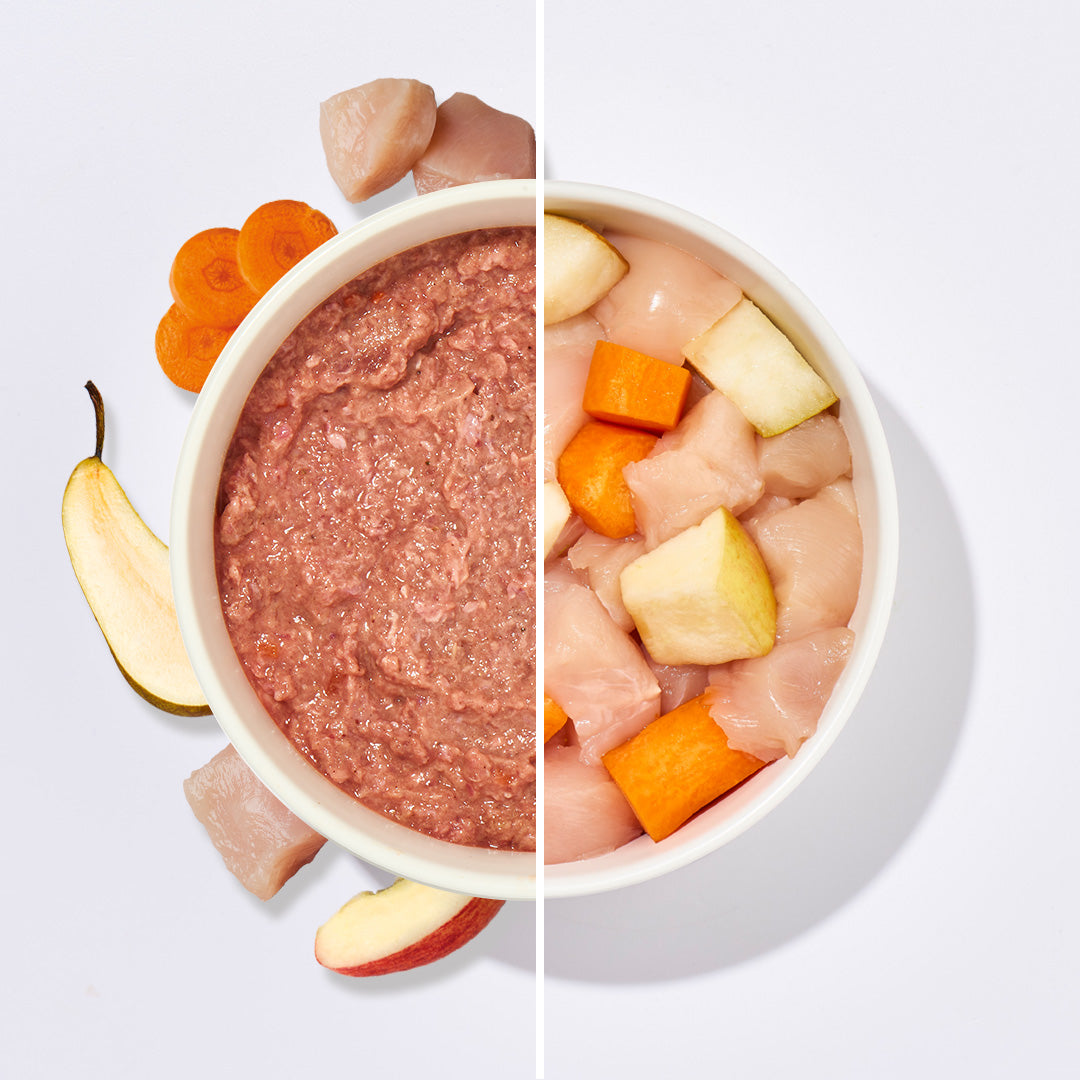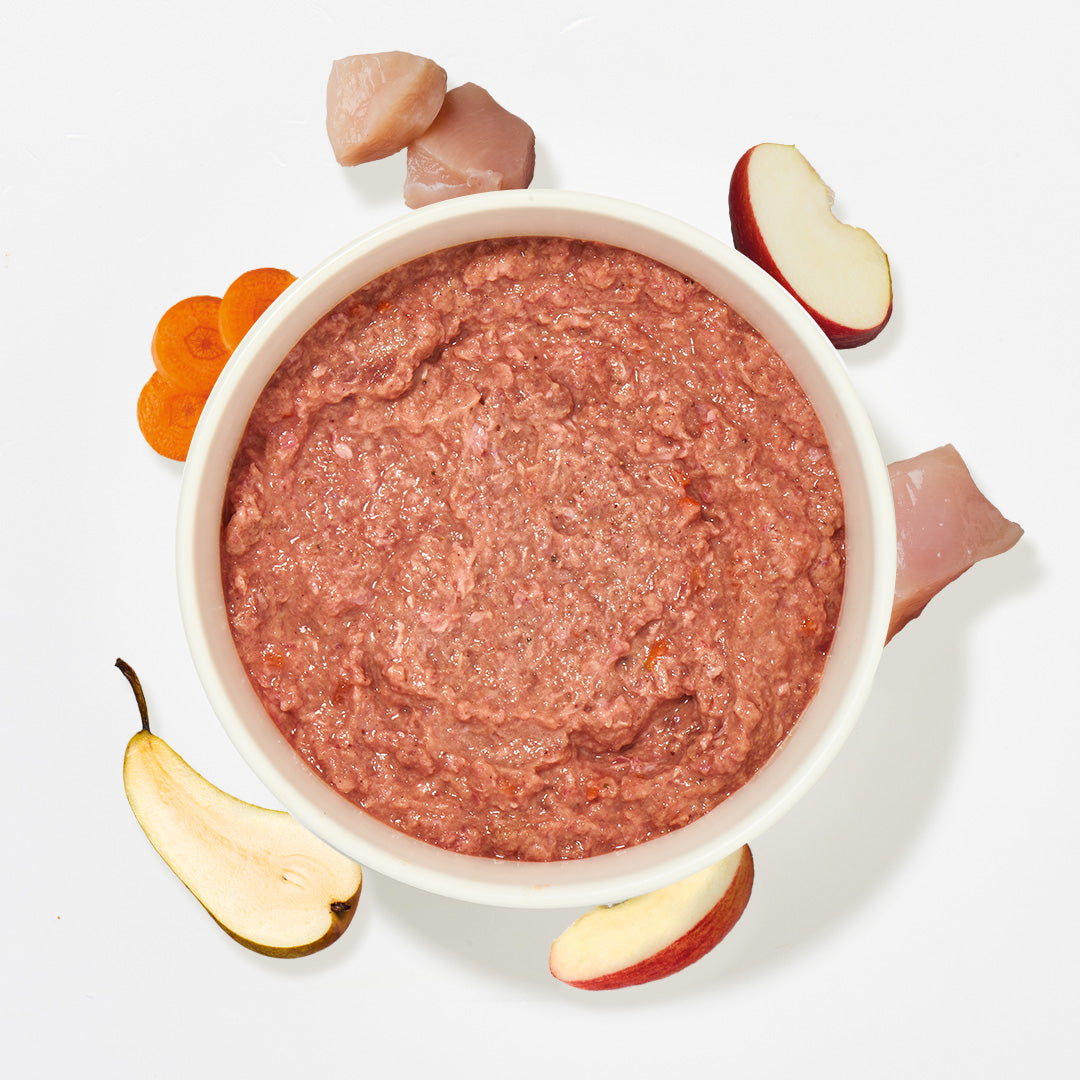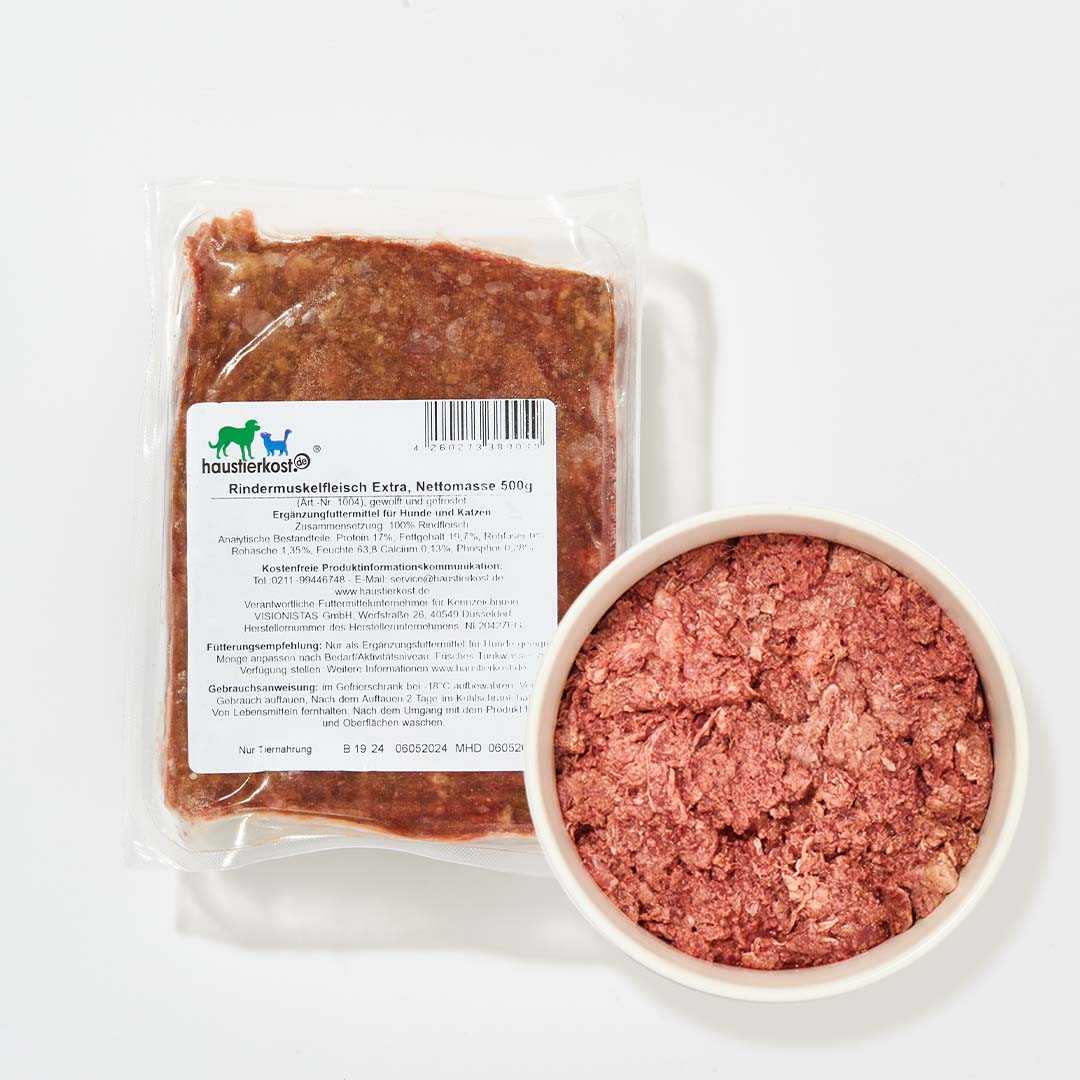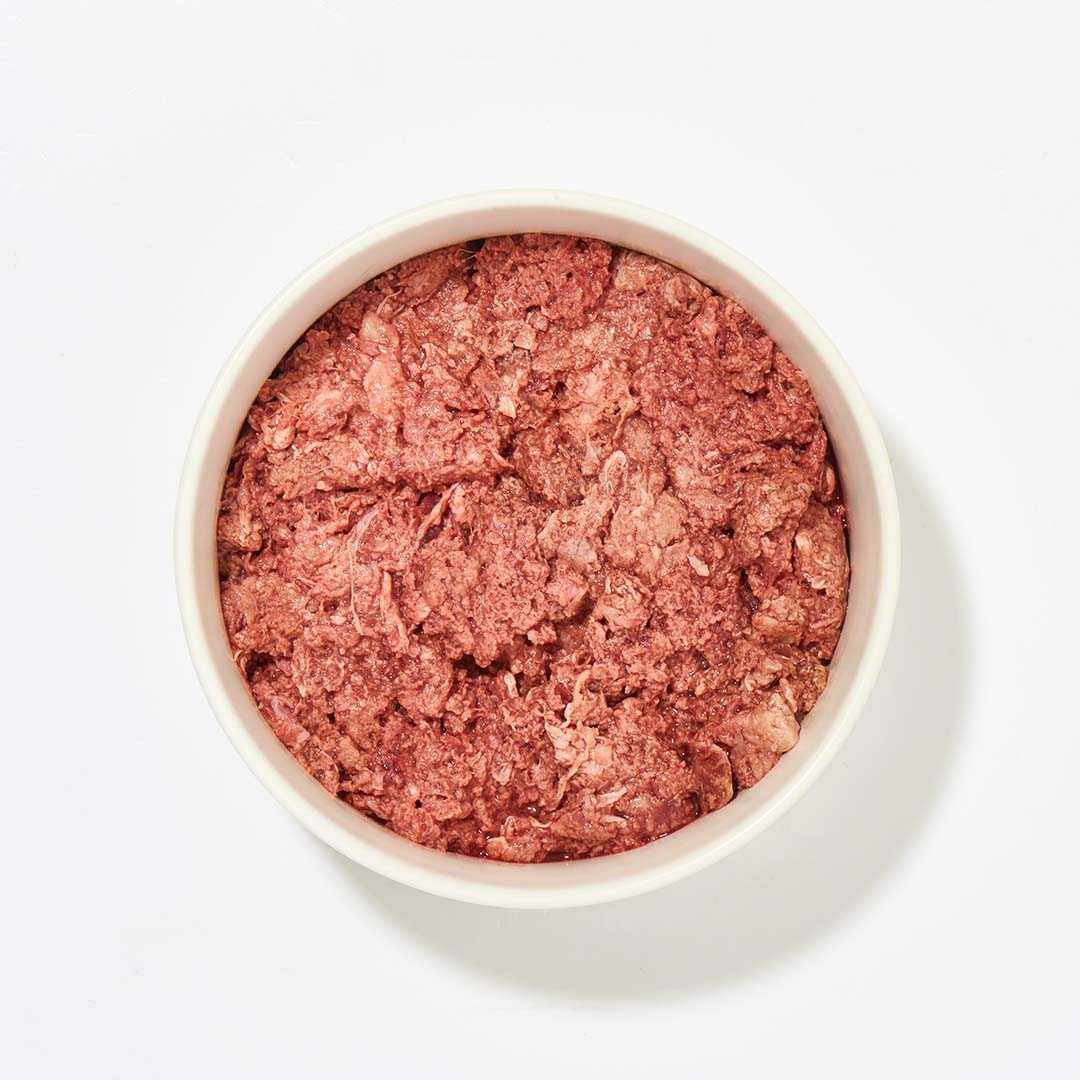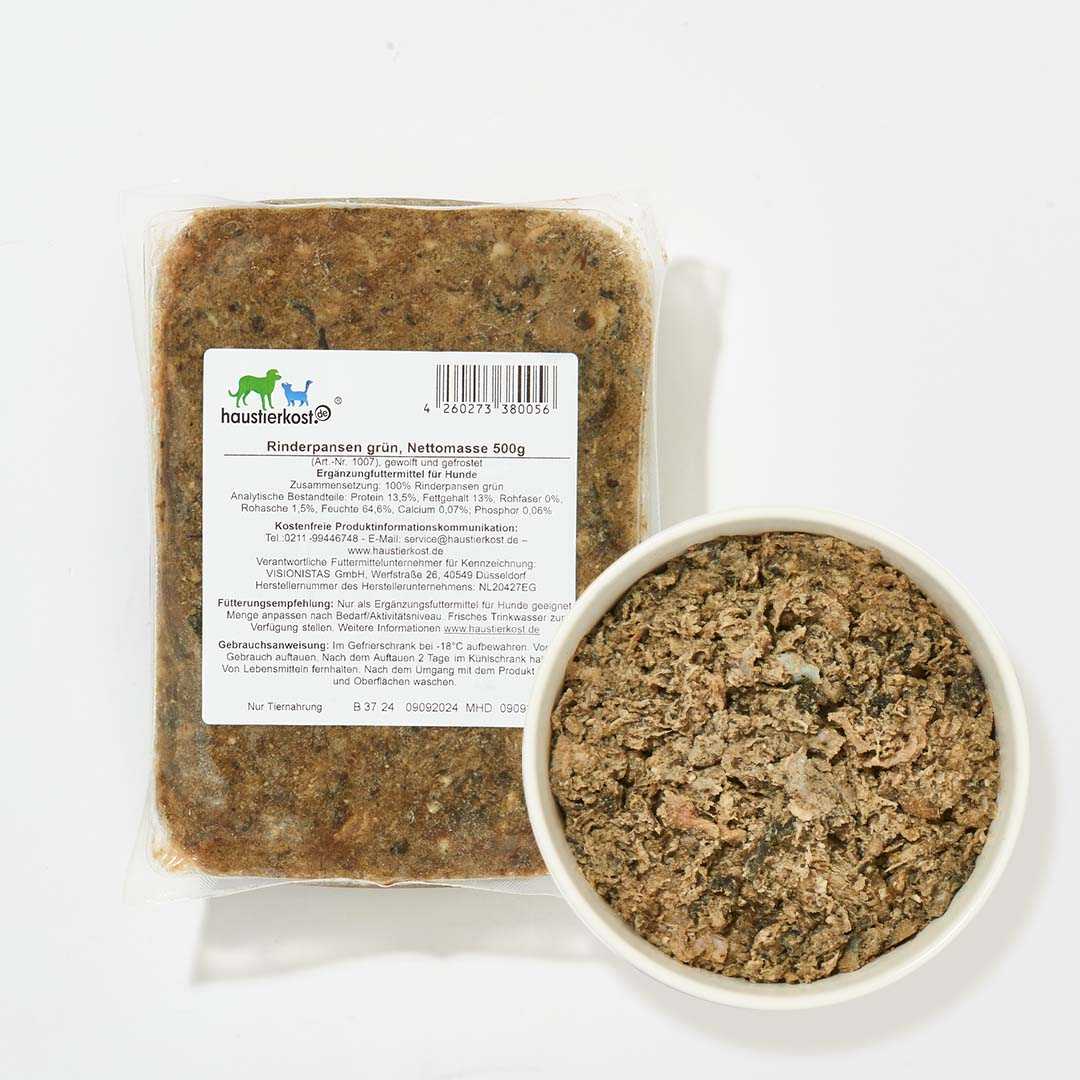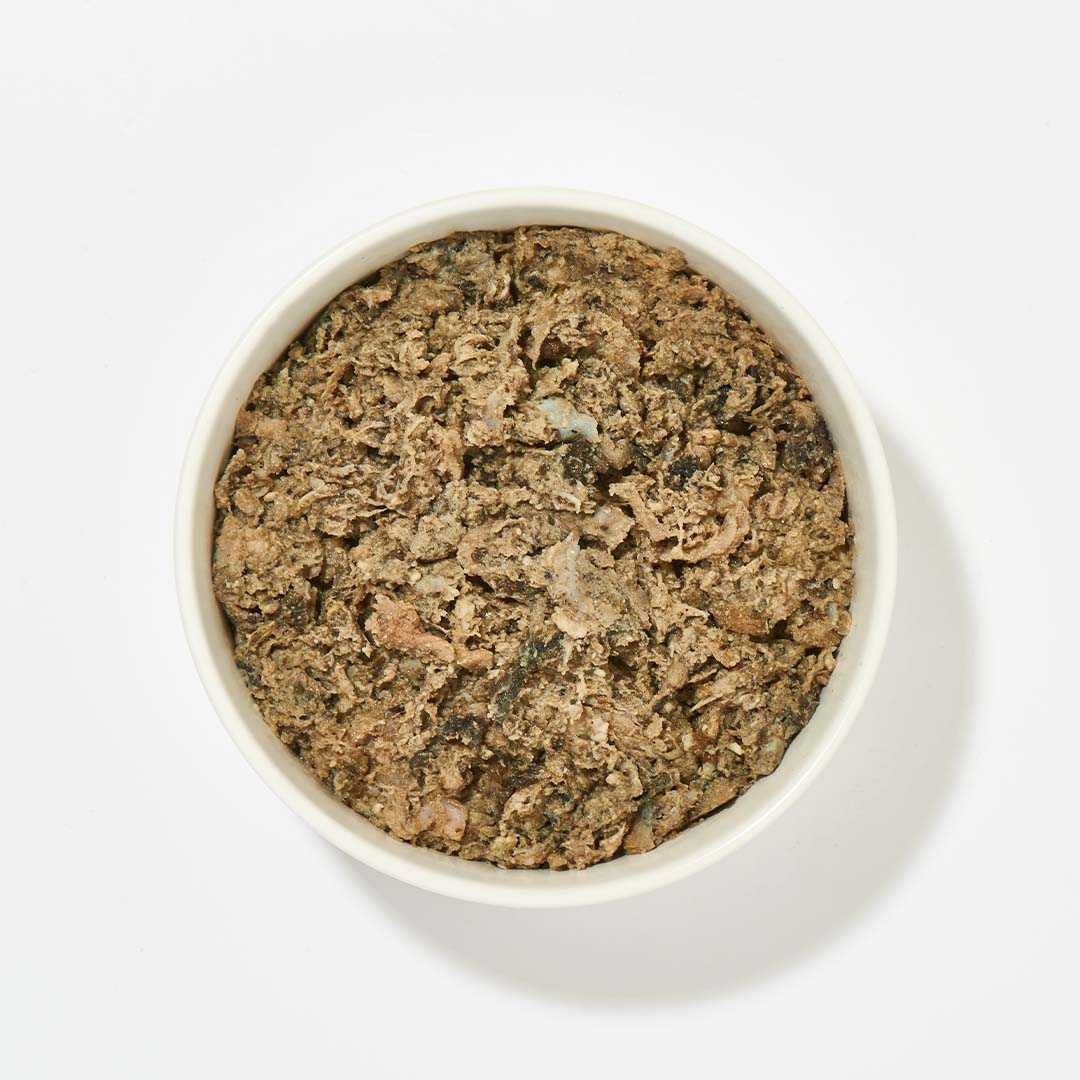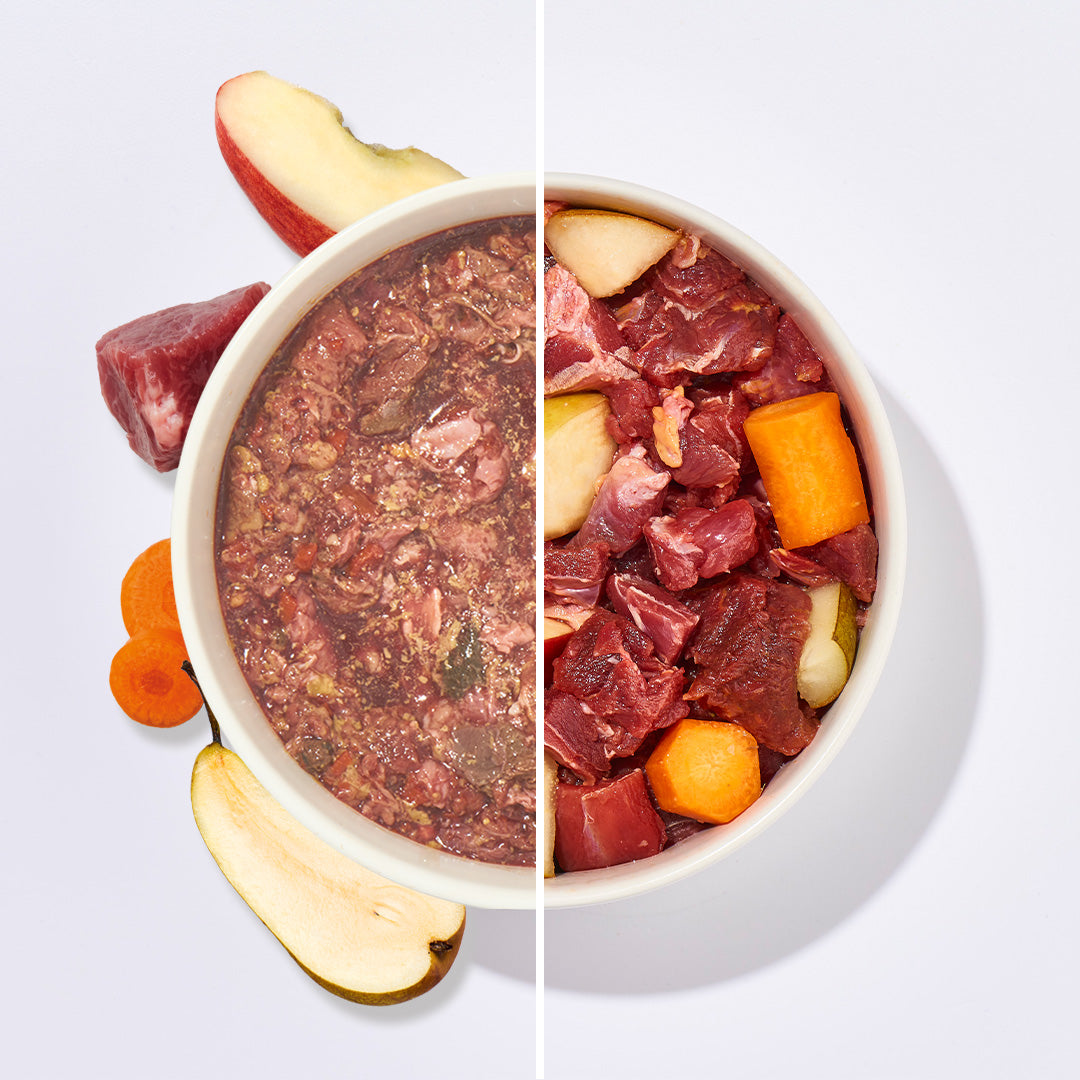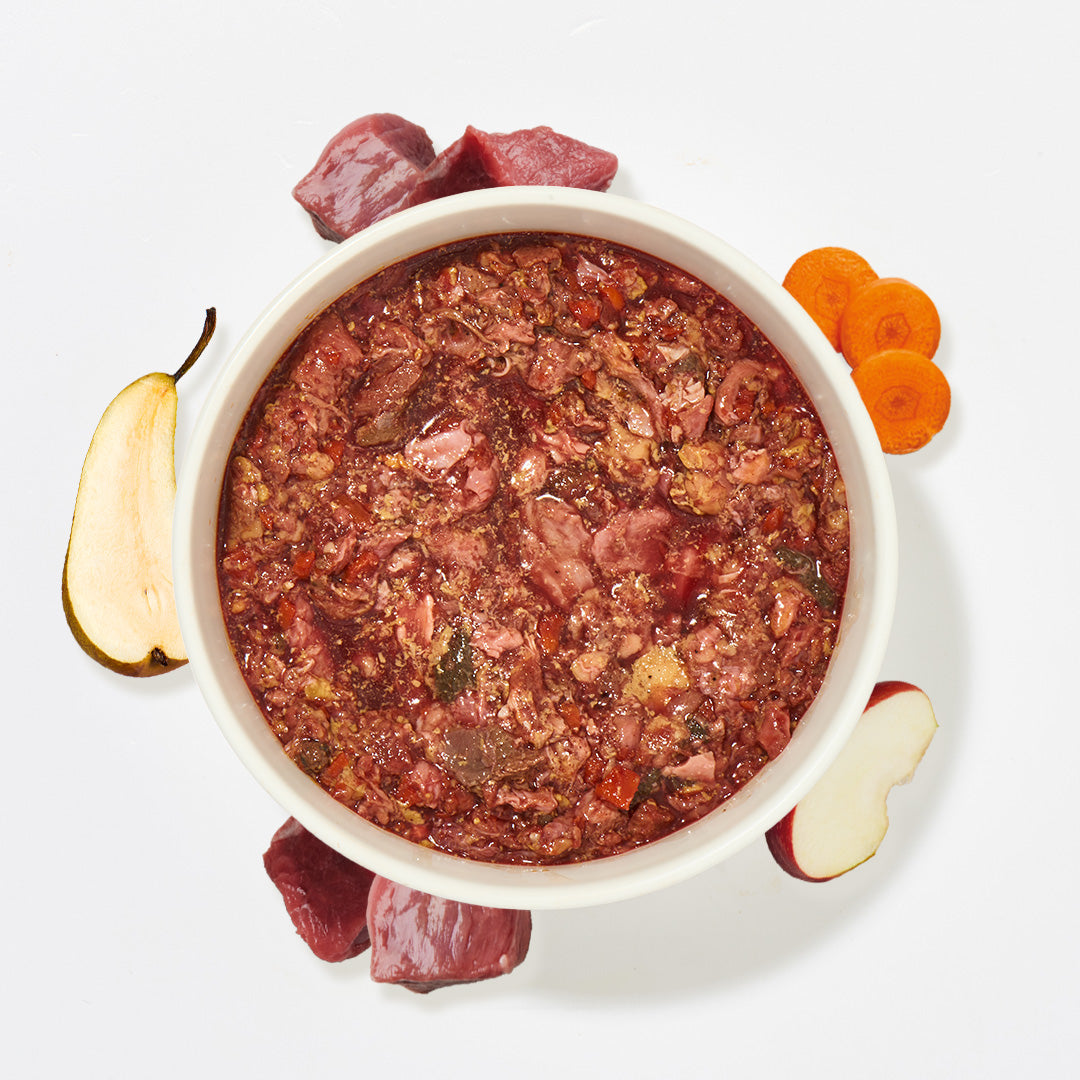There are many different types of feeding for dogs: from grain-free dry food and organic wet food to fresh meat and pure meat cans for dogs to clean feeding and prey, dogs are spoiled for choice as to what food ends up in their bowl. Who can keep track of it all? New owners in particular often ask themselves which of the countless types of feeding is the right one for their dog. At this point we can reassure you, because in the BARF guide from haustierkost.de we have taken a close look at individual types of feeding for dogs and reveal below which of them perform best.
Types of feeding – which is right for my dog?
When deciding between different types of feeding for dogs, the most important aspect is of course that the food is species-appropriate and meets the animal's individual needs. Due to the nutritional physiology of dogs, BARF is generally a good choice here. BARF is based on the eating habits of wild dogs and wolves, the ancestors of the domestic dog. Accordingly, all dogs are carnivores. This means that their digestive system is anatomically perfectly adapted to the utilization of raw meat . BARF meat therefore usually makes up around 80 percent of the diet. The remaining 20 percent is the plant-based component of BARF for dogs . This consists of fruit, vegetables and herbs - for example in the form of vegetable flakes - and is based on the absorption of fruit, roots and tubers through the stomach contents of wolf prey. The exact amounts and proportions for this feeding method depend on various factors such as the age, activity, weight and breed of the dog. We particularly recommend our BARF calculator for raw meat feeding to beginners, which helps to determine the optimal amount of food for your four-legged friend.
Raw meat feeding according to the prey model for dogs
Feeding raw meat according to the Prey model for dogs goes beyond BARF. The term "prey" comes from English and means prey. Accordingly, this type of feeding is about feeding the dog whole prey animals such as rabbits, chickens or fish in order to keep its diet as close to nature as possible. However, close to nature does not automatically mean species-appropriate. Unlike BARF, the Prey concept does not focus on the needs of the dog. It is therefore quite conceivable that the plant-based part in particular is lacking with this method of feeding. However, this provides the animal with vital nutrients such as vitamins and minerals , which would otherwise have to be supplied via nutritional supplements in order to meet its needs. In our view, however, there is no natural food that provides all the necessary minerals on its own. Nutritional well-being requires variety, which Prey cannot give the dog. A mixture of synthetic vitamins and minerals is not very close to nature.
Clean Feeding with Pure Meat Cans for Dogs
Clean feeding is also one of the types of feeding for dogs that is similar to BARF. Clean feeding relies on food that is as unprocessed as possible, ideally from species-appropriate, regional and seasonal animal husbandry. According to these standards, canned meat can also be suitable for clean feeding, as long as the list of ingredients is free of additives such as emulsifiers, thickeners, preservatives, flavorings and colorings. A good example of this is pure meat cans for dogs, which, as their name suggests, consist of pure meat. haustierkost.de goes one step further: Our pure meat cans for dogs are organically certified and consist of only one animal source - regardless of whether it is beef, fish or poultry for dogs . The meat comes from fresh slaughter products. These are filled cold and then gently heated at low temperatures. This allows us to preserve as many of the nutrients they contain as possible, which is why pure meat cans are also suitable for convinced BARFers and their friends, for example when on vacation with the dog.
